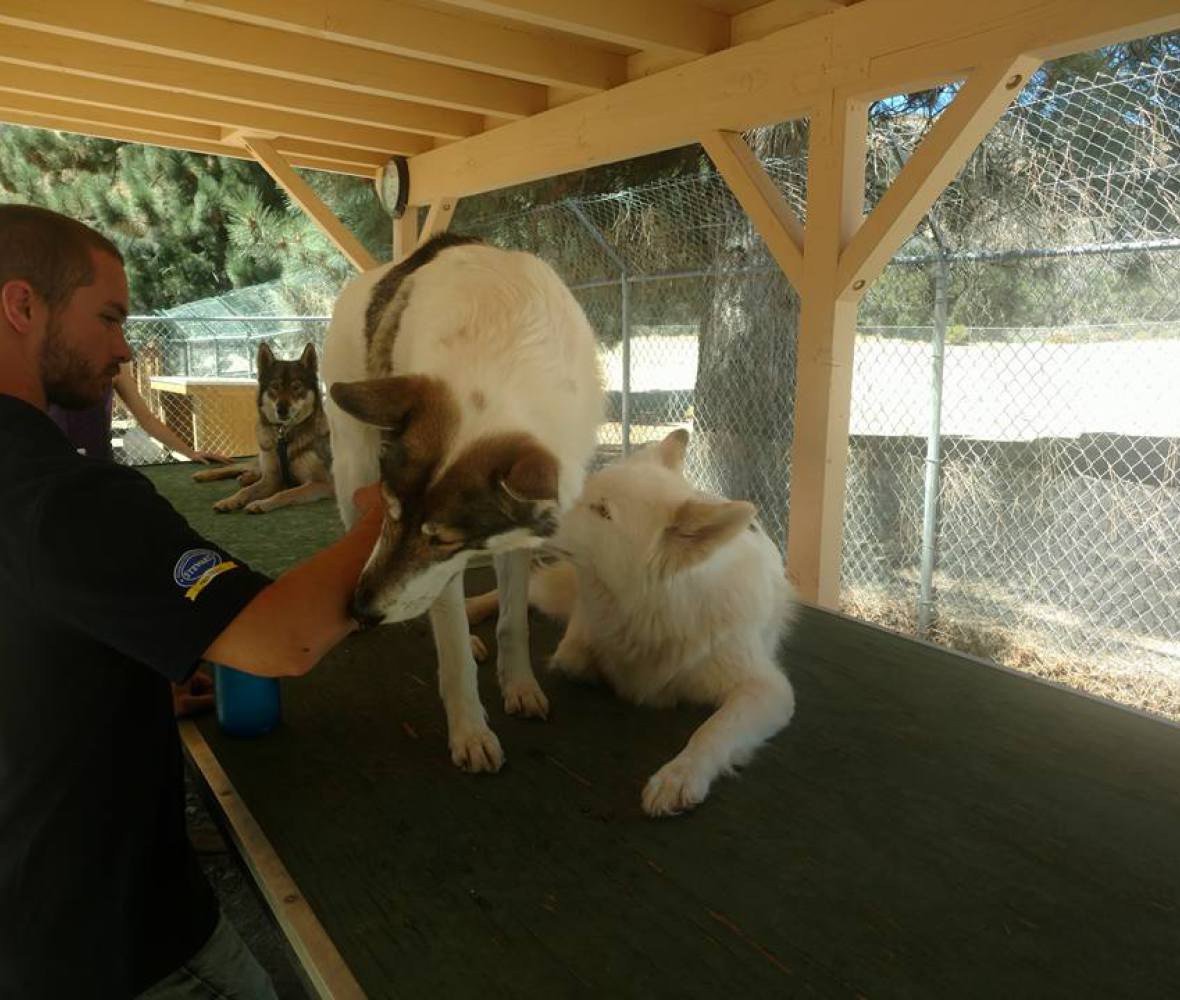

ANCIENT EGYPT
Ancient Egypt- The Egyptian word for dog is IWIW which referenced their barks. Dogs are revered in the ancient days, Egypt is no stranger to this tradition. There’re painting inscriptions found in burial sites dating back to 3500 BCE. Elevating dogs to members of the family, hunters, guardians and military. Even in death Anubis depicted as half man half dog. Helps guide the dead to their final resting place.
Some of the Egyptian dog breeds are known today as the Basenji, Greyhound, Ibizan, Pharaoh, Saluki, Whippet and Molossian.
The Basenji- can be translated back as “dog of the villagers”. It’s also tracked to an origin in Nubia near the Nile river. The dog is commonly associated to small communities or villages. Used for its ability to hunt, companionship, family or even as a guard dog.
The Greyhound- origin is congested between Mesopotamia and Egypt. The Greyhound was used for hunting larger game in more open areas. But are still seen in elevated positions throughout the households. They are also recorded at serving in the Victory Stele under the command of Ramesses the second. Against Hittites at the battle of Kadesh.
The Ibizan- can best be seen in Egyptian art work dating to the 7th century. This is often the dog that is most referred to as Tesem. Tesem is the ancient Egyptian name for hunting dog.
The Pharaoh- is a much later breed dating to the 17th century. But their ancestors are found in the tomb of “Intef the 2nd “dating to 2181-2040 BCE. The dog was considered to be the best breed for sacrifice to Anubis.
The Saluki- First breed in Mesopotamia and later found in Egypt. It would have most likely been used for hunting. Due to its exceptional speed, sight and hearing. It is the fastest land mammal in a three-mile race on the face of the earth. It was easily one of the most popular dogs for the region with its desirable traits. It is commonly found in the grave accompanied by humans.
The Whippet- was the dog of Egyptian Kings. Believed to be a mix breed between the Greyhound and Pariah. They are a smaller and faster breed then most. Most likely used in open terrain to hunt down smaller game.
The Molossian- Is actually a breed that was originated in Greece. But most likely came to Egypt through trade during 1780 BCE. It served the Egyptians the same as the Greeks through guarding and police work. Later it would become the war dog of Rome.
One of the best-known dogs in Egypt is the story of Abuwtiyuw. Abuwtiyuw was a dog of the servant of the king. Who was honored with a burial fit for a noble. The dog’s stele read: “The dog which was the guard of his Majesty. Abuwtiyuw was his name. “His majesty ordered that he be buried ceremonially.” That he be given a coffin from the royal treasury. Fine linen in great quantity and incense. His majesty did this for him in order that he (the dog) might be honored before the great god Anubis. (Hobgood-Oster, 41-42).
Anubis- The God of embalming and the afterlife. He is most commonly depicted as half man half canine. His lower half being of man and the upper half can be seen as a black jackal. Anubis was depicted in black. This color would symbolize regeneration, life, the soil of the Nile River and the discoloration of corpses after the embalming processes.
Many believe that the word Anubis is Egyptian in nature. But it’s true origin can be traced back to Greek culture. Originally Egypt named this god Anpu or Inpu. If tracked to the roots the Egyptian translation reads (A Royal Child). Inpu can also be translated into (To Decay).
The Greeks would go on to conquer Egypt in 332 B.C. bringing along their culture in the processes. The name Anubis would not appear until the 7th century though. Around the same time that the Romans arrive.
Under the Old Kingdom of Egypt Anubis was the son of Ra, the god of the sun. Who was commonly seen as the King of the gods. Meaning Anubis would be the prince of the gods. Furthermore, elevating his position and importance to their culture.
Jackals (Canis Aureus) would commonly be found in grave yards digging up any grave that was dug to shallow. Due to their nature of being scavengers looking for an easy meal. Egyptians would later go on to develop a strong association with Jackals and the dead.
Anubis the guarding of the scales. He can be seen in the book of the dead using a set of scales weighing the heart. Performing a measurement that would determine if a person was worthy to enter the realm of the dead or not. The measurement would be between the soul and a feather (the truth). If the soul was found to be heavier than the feather. The soul would be eaten be a female demon (devour of the dead). If the soul was found to be lighter then the feather the soul would ascend to a heavenly status.
Located near the city of Saqqarah located on the Eastern side of the Nile River you can find the temple of Anubis. Near his temple located in underground catacombs you can find a mass grave. The grave consists of more than eight million mummified puppies and grown dogs. During this time, it would have been used for sacrifices to please Anubis. The dog would have received a traditional mummification ceremony.


